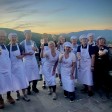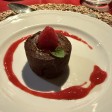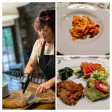What is Italian Focaccia and their regional differences?
June 1, 2017
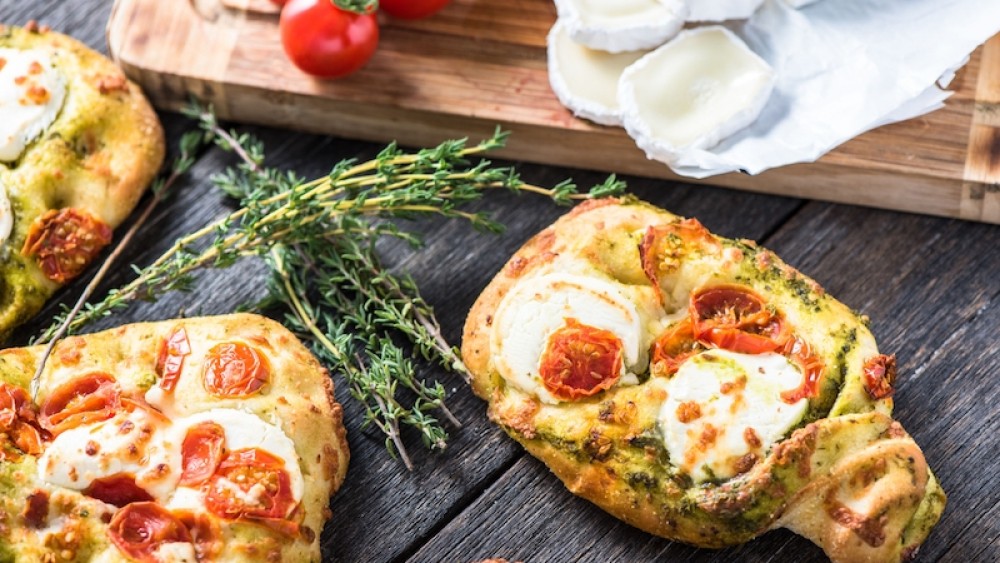
Learn more about this traditional Italian flatbread and find out how to make the Tuscookany version which our guests enjoy so much. It’s time to put the heat on!
Here at Tuscookany focaccia is always a hit among our guests. Who does not like this wonderfully simple bread that can be enjoyed both in combination with other food or on its own. Today we will tell you its story.
A BIT OF HISTORY
You can find flatbreads of different kinds pretty much in any corner of the earth, especially in its Eastern parts. However, probably with the only exception of the pitta bread, focaccia is by far the most famous of them all. Whether it’s the Italian origin that attracts eaters, like pizza, pasta or gelato, or just its absolute deliciousness, go figure! We are inclined to believe it might be both…
Historians believe that focaccia originates from the Ancient Greeks or with the Etruscans who inhabited the territory of modern Tuscany, part of Umbria and Lazio. The name comes from the word “focus”, which means “fireplace” or “hearth” in Latin. The bread indeed was cooked over the open fire or on heated stones in the antiquity. The ingredients were simple back then and the basic recipe has not changed much to this day. Flour, water and olive oil are the three essentials. Focaccia can then be topped with coarse salt, rosemary, cherry tomatoes, onion or other veggies and is considered to be a pizza prototype.
REGIONAL TYPES OF FOCACCIA
When travelling around Italy, you will surely notice that focaccia does not look or taste the same in the different parts of Italy. Its thickness, softness and toppings vary from one Italian area to another.
Liguria is considered to be the birthplace of traditional Italian focaccia. Foccacia ligure or genovese is about 2 cm thick and is soft inside, sprinkled with salt and brushed with olive oil. Recco focaccia (also from Liguria) consists of two thin layers and soft fresh cheese in between. Sardenaira originates in Sanremo, and it is focaccia with anchovies or sardines.
Venetian focaccia is sweet, baked for Easter and resembles the traditional Christmas cake panettone. Sugar and butter are used instead of olive oil and salt.
Focaccia barese, which is common in Puglia in southern Italy, is made with durum wheat flour and topped with salt, rosemary, tomatoes or olives. There is also a potato version.
Tuscan focaccia, schiacciata, which means, “squashed”. Fingers are used to flatten it; hence the attractive dimples, with a sprinkling of olive oil all over its surface. Traditionally Tuscan focaccia is medium thick and medium soft but crispy on the outside. Salt and rosemary are its usual companions. However, throughout Tuscany you can also find a thin and crispy version as well thick and very soft. Tuscan panini with cheese and cold cuts often use focaccia for a base.
While other countries, for example France (foisse) or Spain (hogaza), have their own versions of this wonderful flatbread, focaccia retains its Italian essence and leadership.
TUSCOOKANY’S FOCACCIA TOSCANA
Our Tuscookany chefs love focaccia and have their own little secrets to make it perfect, which you could discover by joining us for an Italian or Mediterranean cooking course in Tuscany at Casa Ombuto, Torre del Tartufo or Bellorcia.
Here we are happy to share the recipe of focaccia toscana from “The Flavours of Tuscany” cookbook, created by Paola, Laura and Franco:
Ingredients (serves 6):
- 900 g (2lbs) of all-purpose white flour
- 0.5 l (1 pint) warm water
- 25 g (1 oz) fresh baker’s yeast or 12 g (1 pinch) of dry yeast
- ½ level tsp of sugar
- 1 tbsp of salt
- 10 tbsps of extra virgin olive oil
- rosemary
- extra virgin olive oil and coarse salt for cooking
Pour 7 Tbsp of water into a small bowl with the yeast and sugar. Leave until the ingredients froth.
Mix the flour in a large bowl with salt, then add the yeast, oil and warm (not hot) water, and mix thoroughly. To make the focaccia softer, replace the oil with 3 tbsp of lard. Add more water if necessary: the dough should be quite soft and sticky.
Let the dough rise under a damp cloth for about 90 minutes, in a warm place.
When it has risen, brush a baking sheet with oil, flour hands well and stretch the dough to a height of approximately 1.5 cm (2/3 in). Use your fingertips to make the characteristic “dimples” in the focaccia, brush with plenty of oil and sprinkle with salt. Add rosemary to taste and bake for about 25 minutes in a pre-heated oven to 180C (355 F).
We’d love to hear from you. Please feel free to comment and share our post about Focaccia with your friends.
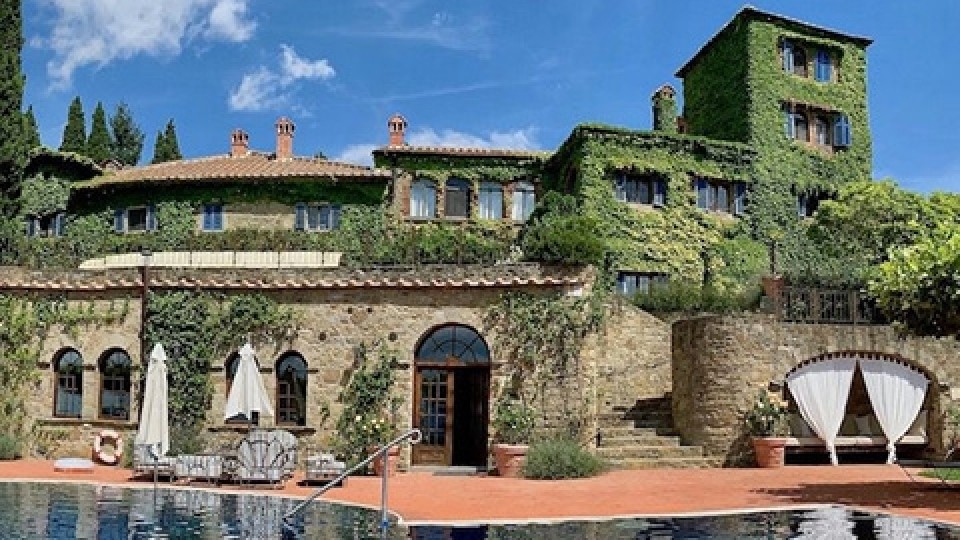
Interested in our cooking courses at one of our Tuscan villas?
Do you want to enjoy our Tuscany cooking classes with plenty of time to explore in your free time, all while staying in an amazing villa?
Reviews
How our guests experienced the Tuscookany courses
Reviews from our former guests made about their visit to Tuscookany on TripAdvisor, facebook, Twitter, Google, Chow and Yelp.


